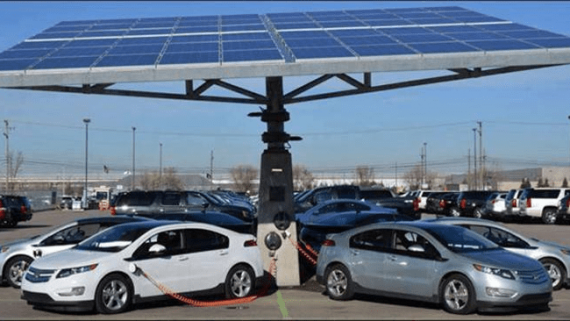VISION ZERO AND THE RACE TO REDUCE ROAD DEATHS
There’s a lot more to the concept of Vision Zero than “just” drastically reducing road deaths. Its principles also include drastically reducing the causes of road deaths and, just as crucially, implementing far-reaching educational programmes for children, the road users of the future. Intertraffic spoke with Peter van der Knaap of SWOV, European Cyclists Federation Alexander Buczyński, Rafaela Machado of IRAP, Porte Alegre of Machado and UN Representative Natalie A. Draisin in the subject of road safety to ascertain what has been happening over the past year and just how tomorrow’s drivers are going to fare.
Vision Zero is a multi-national road traffic safety project that aims to achieve a highway system with no fatalities or serious injuries involving road traffic. It started in Sweden and was approved by their parliament in October 1997. A core principle of the vision is that ‘Life and health can never be exchanged for other benefits within the society’ rather than the more conventional comparison between costs and benefits, where a monetary value is placed on life and health, and then that value is used to decide how much money to spend on a road network towards the benefit of decreasing risk.
Vision Zero was introduced in 1995 and over the past 26 years it has been variously adopted in different countries (with Sweden, the Netherlands, Canada, the UK and US the first five to fully embrace the notion), although its description varies significantly. The countermeasures implemented in Vision Zero continue to be education, enforcement and engineering, applied since the 1930s.
The concept of Vision Zero is based on an underlying ethical principle that “it can never be ethically acceptable that people are killed or seriously injured when moving within the road transport system.” As an ethics-based approach, Vision Zero functions to guide strategy selection and not to set particular goals or targets. In most road transport systems, road users bear complete responsibility for safety. Vision Zero changes this relationship by emphasizing that both transportation system designers and road users share responsibility.
It’s clearly working. Take the Netherlands as a perfect example. In 1980 there were 1996 people killed on Dutch roads. By 2013 that figure had dipped below 500. Cars are safer, roads are safer… but by the same token drivers have come to rely on the life-saving technology embedded in their vehicles to ensure they emerge intact from dangerous situations that may well have claimed their lives as little as 25 years ago.








